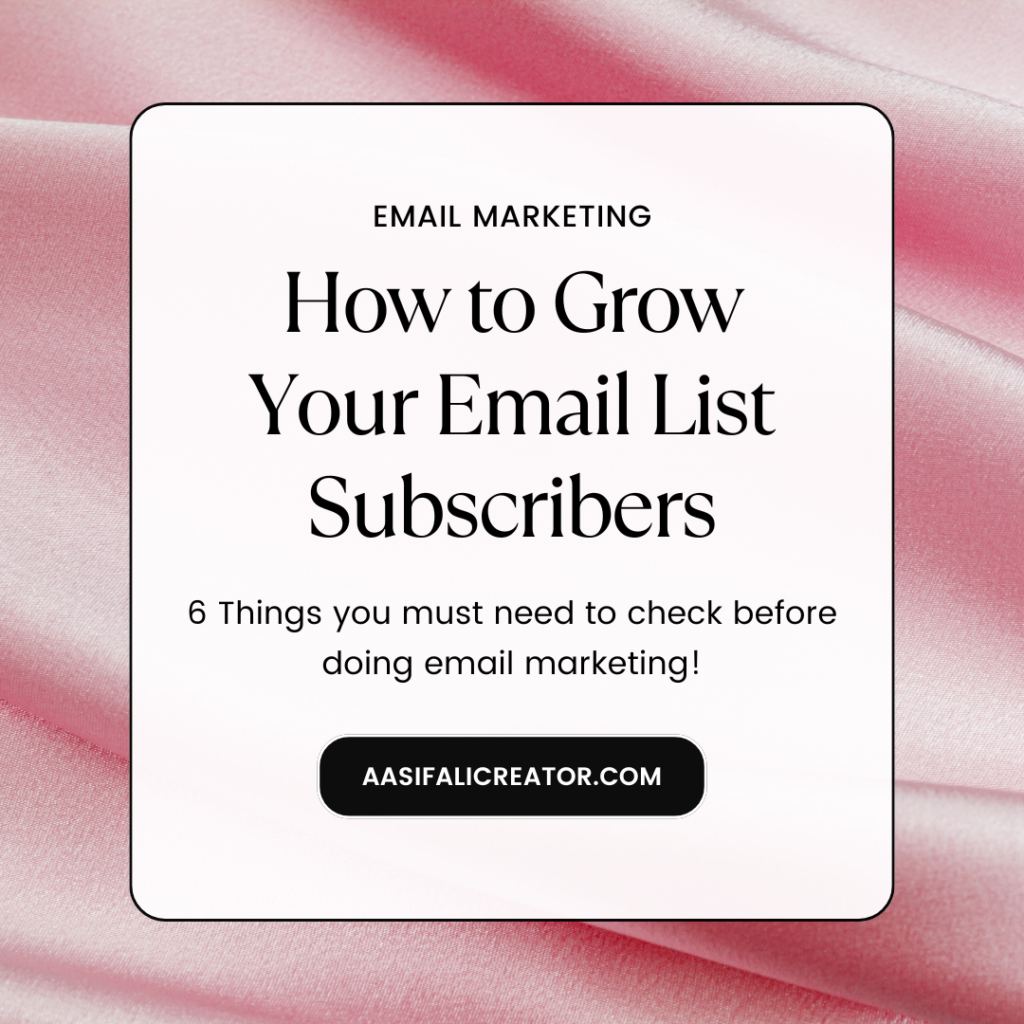In 2024, email marketing continues to be a potent tool for digital marketers, delivering a high return on investment (ROI) and granting direct access to customers. Nonetheless, the landscape is growing more intricate, with new technologies and evolving consumer expectations shaping how brands must approach their email campaigns. Here’s a guide to creating a strong email marketing strategy for 2024 to maximize engagement and achieve results.
1. Prioritize Personalization
Personalization is no longer an extra feature; it’s a requirement in email marketing. Customers anticipate personalized content that directly addresses their preferences, behaviors, and requirements. In 2024, personalization extends beyond simply addressing the recipient by their first name. It encompasses delivering relevant content, recommendations, and offers based on customer data.
AI-powered tools and customer relationship management (CRM) systems empower marketers to segment audiences based on their behavior, preferences, and interactions with the brand. Dynamic content can be integrated into emails, adjusting offers or messages in real-time, depending on the recipient. Personalizing content not only boosts open rates and click-through rates (CTR) but also strengthens customer relationships.
2. Harness Automation for Efficiency
Automation is crucial for running efficient and effective email campaigns. Email automation tools such as Mailchimp, ActiveCampaign, and HubSpot enable marketers to establish workflows that trigger emails based on user actions or milestones, such as subscribing to a newsletter, making a purchase, or abandoning a shopping cart.
In 2024, it’s vital to utilize automation to send timely, relevant emails that guide customers through the sales funnel. For instance, welcome emails can welcome new subscribers, and drip campaigns can nurture leads with educational content or product information. Automated workflows save time and ensure that you’re delivering the right message at the right moment, improving customer engagement and driving conversions.
3. Design Emails with a Mobile-First Approach
As more than half of all emails are opened on mobile devices, prioritizing mobile-friendly design is essential. In 2024, adopting a mobile-first approach to email design is critical to ensuring that your content is accessible and captivating on smartphones and tablets.
Responsive email design, which adapts to different screen sizes, is non-negotiable. Utilize single-column layouts, large buttons, and concise copy to make emails easier to navigate on mobile devices. Additionally, employing a clean design with clear calls-to-action (CTAs) will enhance the mobile user experience, encouraging recipients to take the desired actions, whether it’s clicking a link or making a purchase.
4. Prioritize Privacy and Data Compliance
With mounting concerns about data privacy and the introduction of new regulations like the General Data Protection Regulation (GDPR) and the California Consumer Privacy Act (CCPA), marketers must emphasize data security in 2024. Customers are more conscious of how their data is utilized, and trust is paramount.
To build trust, ensure that your email list comprises individuals who have opted in and consented to receive communications. Additionally, always provide clear options for users to update their preferences or unsubscribe. Being transparent about data usage and offering easy opt-out mechanisms fosters trust and keeps your email marketing compliant with data protection laws.
5. Integrate Interactive Elements
Interactive emails will gain popularity in 2024 as brands seek to enhance engagement. By incorporating features like polls, quizzes, image carousels, or even embedded videos, marketers can transform passive email readers into active participants. Interactive content captures attention and encourages deeper interaction, making emails more memorable and shareable.
For example, using a simple poll to request customer feedback or allowing them to customize product options directly in the email can lead to higher engagement rates. Interactive elements also provide valuable data on user preferences and behaviors, which can further personalize future communications.
6. Utilize Advanced Analytics for Measurement and Optimization
Measurement and optimization are essential components of a successful email marketing strategy. In 2024, advanced analytics tools will have an increased impact on assisting marketers in tracking performance, comprehending customer behavior, and refining their campaigns.
In addition to traditional metrics like open rates and CTRs, marketers should prioritize metrics such as conversion rates, customer lifetime value (CLV), and subscriber engagement over time. Utilizing AI-powered analytics tools can assist in recognizing patterns, conducting A/B testing to test variations, and optimizing email frequency, timing, and content for improved performance.
In 2024, developing an effective email marketing strategy requires incorporating personalization, automation, mobile-friendly design, data protection, and interactive elements. Marketers can enhance their email campaigns by using appropriate methods and tools to target and captivate their audience. Emphasizing customer satisfaction, reliability, and ongoing improvement will be essential for achieving success in the constantly changing landscape of email marketing.
